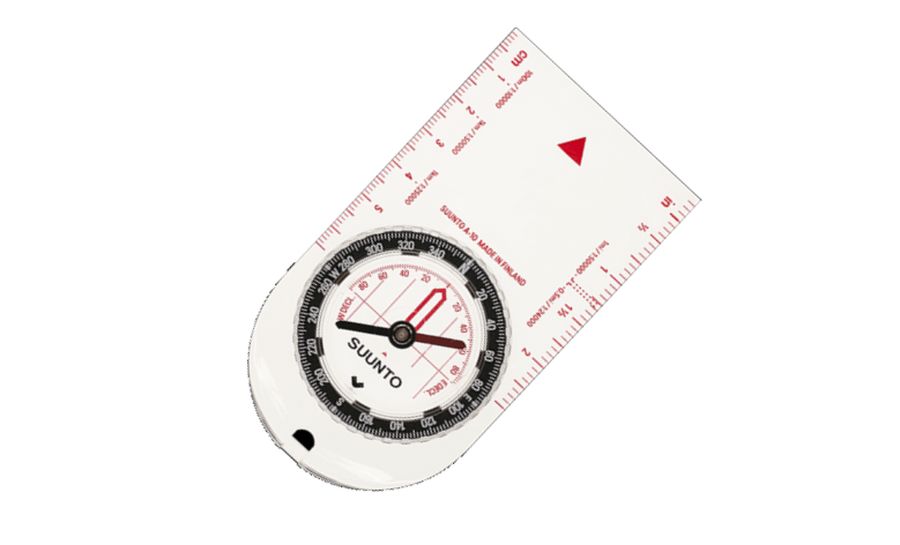
22 November 2008
Why do rare birds show up during fall migration? Why does a young brant end up in Pittsburgh when these small geese usually migrate far to the northeast? Research published last spring in the Journal of Ornithology gives us a clue.
According to a study conducted by the University of Marburg, the Ornithological Society in Bavaria and the Helmholtz Centre for Environmental Research (UFZ), migratory birds make mistakes in direction but not distance. Simply put, they fly as far as they’re supposed to go but some of them have a compass error.
Scientists long suspected that birds have compasses, but it wasn’t until this century that they figured out it’s a receptor called cryptochrome located in the birds’ eyes. In essence birds “see” the earth’s magnetic field.
Simply seeing it isn’t enough. If you’ve used a compass you know about magnetic deviation. Not only does the earth’s magnetic field bend around the planet but it deviates near metal, iron ore deposits and electro-magnetic interference so you must adjust the compass periodically. Birds adjust their compasses too using the band of polarized light that crosses the zenith at sunrise and sunset. Amazing!
Of course in any navigation system something can go wrong. Birds with faulty compasses follow the instructions but fly to unusual locations. Sometimes they’re lucky and end up in a safe place for the winter. If they’re able to turn 180 degrees and go home in the spring, they will likely produce young with the same faulty compass headings. Perhaps that’s why a small but increasing number of rufous hummingbirds now pass through Pennsylvania on their way to Georgia instead of flying the normal route due south from the Pacific Northwest to Mexico.
Juvenile birds make these directional mistakes more often than adults because they must rely on the compass exclusively. They’ve never made the trip before. Unlike the adults, they have no map.
Sadly for the young brant, its compass error – if that’s what brought it here – may be fatal. If not we’ll get to see him all winter, just like the sandhill crane who spent last winter at Ethel Springs reservoir.
(photo of a Suunto compass from the Suunto website. My favorite model has a mirror.)
Perhaps you and your associates will want to know that I’ve performed numerous accuracy (or lack thereof) tests on multiple rangefinders (with compass) and smartphone apps (Android/iPhone) to prove that a) they all are quite inaccurate – up to 20 degrees or more and b) the azimuth errors can be corrected in almost all cases – down to the 1 to 2 degree range. These azimuth errors are “residual” (after calibration) deviation errors; and they have always existed even though the rangefinder / smartphone vendors just ignore them.
Thanks for your time and consideration.